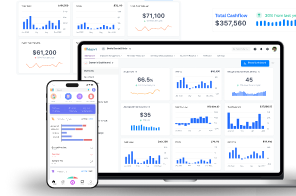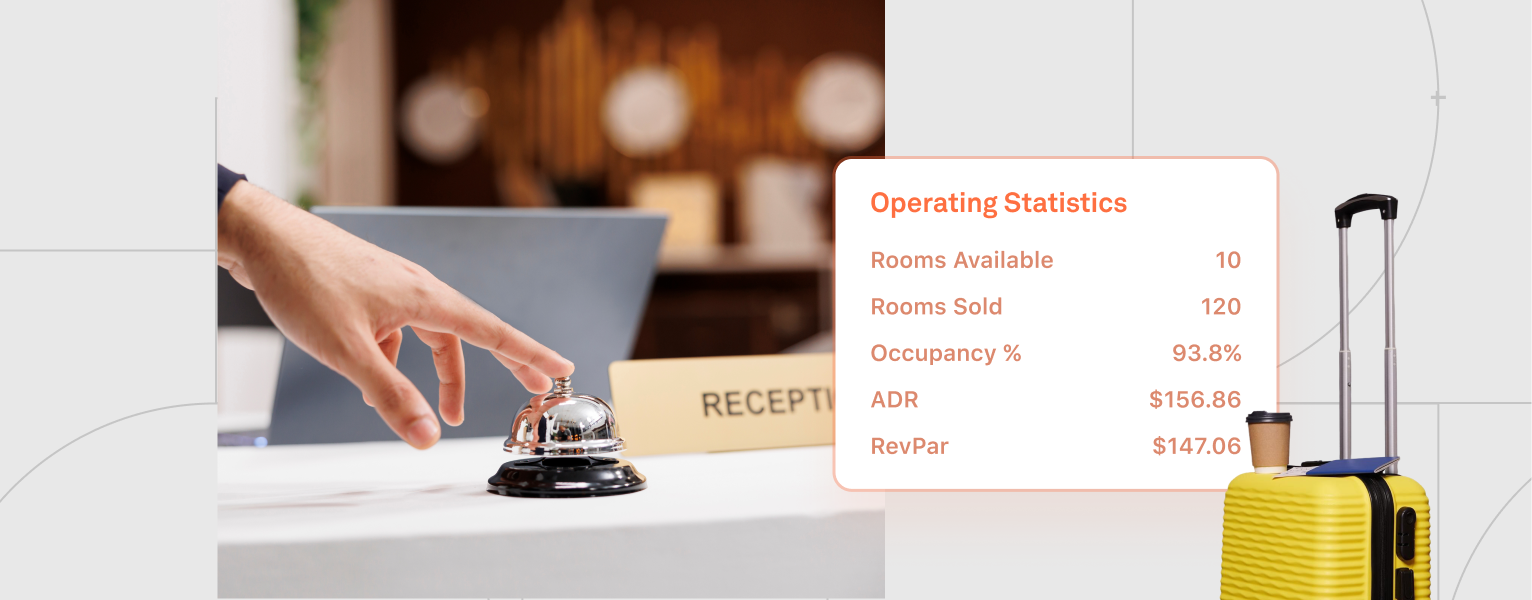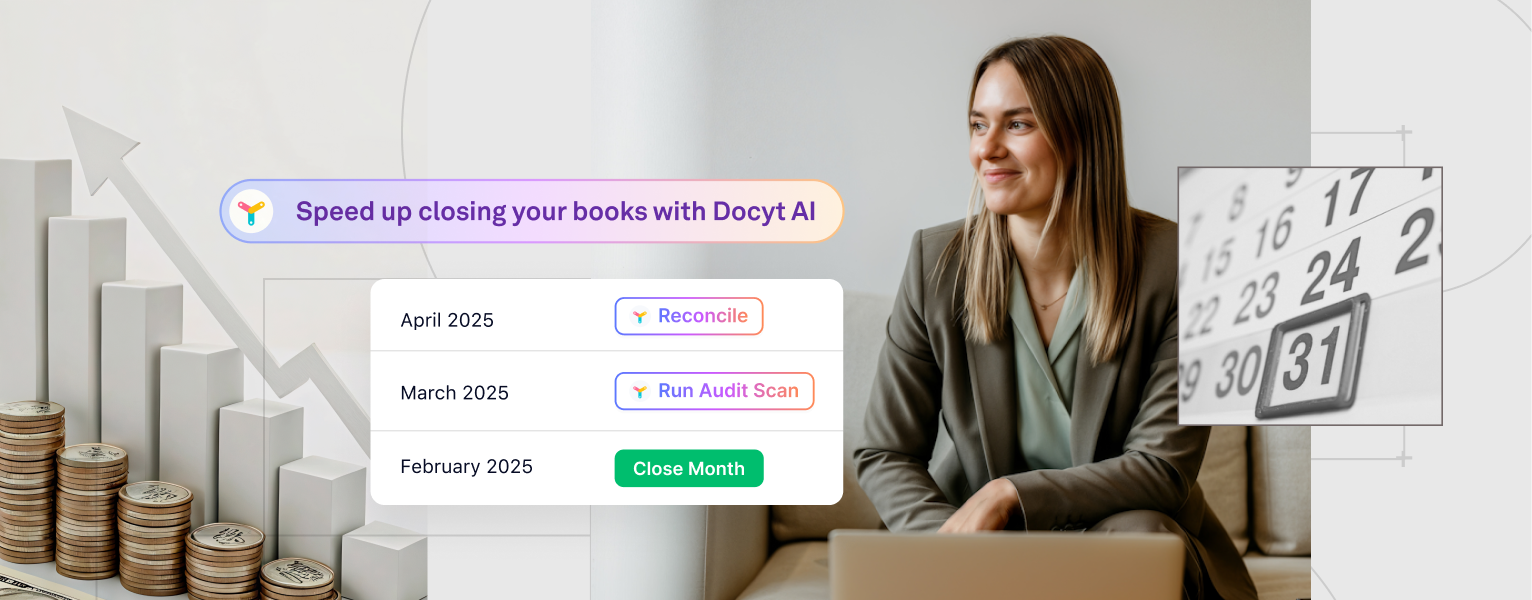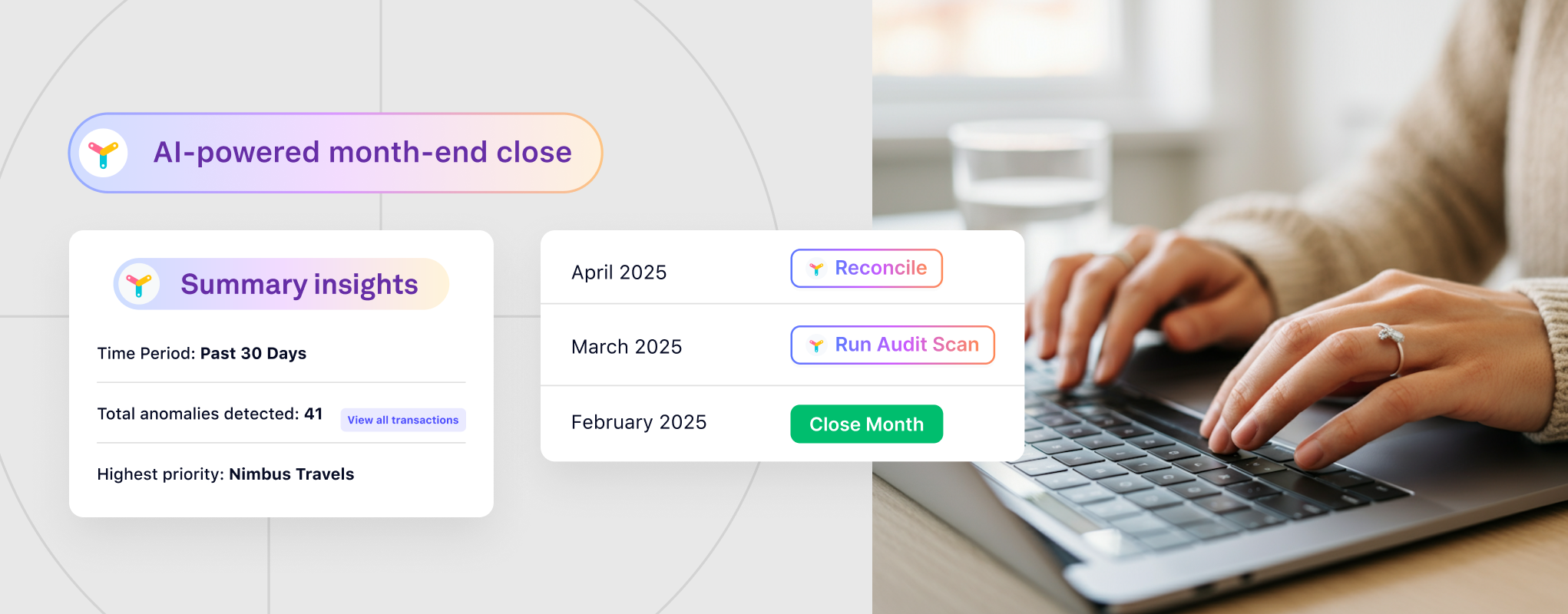Savvy business owners and financial executives continuously look for ways to simplify operations and streamline budgets. With the introduction of AI and machine learning, accounts payable automation has proven to do just that. If you’re looking for ways to optimize your AP workflows, read on to discover the five popular accounts payable best practices that have significantly impacted AP automation, resulting in increased operational efficiency and cost savings.
Embrace Digital Transformation Strategy
There is no getting around it. To fully leverage the benefits of accounts payable automation, you must first prioritize digitization. By transforming your manual, paper-based system into an automated one, you will effectively eliminate the potential for manual data entry errors and reduce the inefficiency of paperwork.
For example, many businesses have encouraged vendors to submit invoices electronically in a standardized format like PDF or XML. Digitizing invoices and receipt expenses reduces the chances of misplacing invoices and/or receipts, and digital copies are automatically saved into the accounting software. Moving to a digital transformation strategy results in easy data capture, accurate processing, and faster approvals.
Data Capture & Integration with AI-Powered Solutions
Once your digitization protocol is in place, the data on the digitized document must be extracted and integrated into your ERP for payment. Powerful AI-based accounts payable solutions use features like Optical Character Recognition (OCR) to accurately capture relevant data (like amounts owed and due dates from vendor invoices and more) from submitted invoices and receipts and report them to your accounting system. Seamless data sharing between your accounts payable automation software and your accounting system allows for real-time updates to your financial data, vendor information, and payment statuses – and effectively eliminates the risk involved with manual data entry.
Establish an Effective Approval Workflow
An effective approval workflow is critical to keeping accounts payable running smoothly. Define transparent consent processes and procedures that align with your company’s policies to avoid fraudulent activity and create a balance and checks system.
For example, setting up payment or spending thresholds within the accounting solution. Advanced AI-powered accounting solutions can flag expenses that don’t align with the company spending policy and automatically flag them to your attention without someone having to review every expense to verify. It speeds up the process while still keeping a close eye on every expense submitted into the system.
By creating an automated accounts payable workflow, you can ensure that invoice payments move seamlessly through the approval chain, reducing complications and avoiding delays. Furthermore, automated reminders and notifications can be set up to keep stakeholders informed to ensure timely processing and payment of premiums.
Automated Payment Processing
Another area in the accounting workflow process that can be optimized is expediting payments by implementing electronic payment methods like Automated Clearing House (ACH) transfers or electronic funds transfers (EFT). Scheduling payments in advance optimizes cash flow and takes advantage of early payment discounts. With accounting software like Docyt, you can automatically set up different payment types including (ACH) to vendors and automatically track this within the software.
Analyze Key Metrics on a Regular Basis
To continuously improve your AP automation process, monitoring and analyzing key metrics is essential. Pay close attention to invoice processing time, prepayment taken, and exceptions you encounter. Tracking and studying these metrics help identify improvement areas, potential savings, and opportunities to negotiate better terms with vendors. Reviewing these metrics regularly allows you to fine-tune your AP automation process, save on costs, and increase operational efficiencies over time.
Conclusion
Accounts payable automation is no longer just an available convenience but a fundamental shift in how accountants and business owners manage back-office tasks. By welcoming these five simple accounts payable automation best practices, you will further optimize your workflow, from collecting receipts and digitizing invoices to reconciliation and monthly reporting, and find time to focus on what matters – driving growth and success.
Contact us today for more information about Docyt’s AI-powered accounting automation software.




